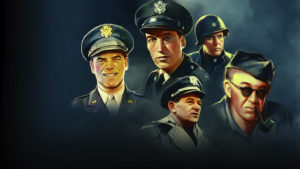Well, we’ve endured a year of Trump’s Presidency and many people, including nearly all of the press, have failed to learn the most basic lesson; ignore the Circus.
The only things that people should focus on are policy and corruption, everything else the realm of tabloid gossip and salacious titillation.
Focus on the 1-2 trillion dollars added to the nation’s debt, not the idiotic ‘Fake News Awards.’
Pay attention to the fact that his administration reduced to budget of the CFPB to zero and reduced the fine on Wells Fargo for defrauding customers, not that he clearly lies about his weight.
Saber rattling with Korea and pulling out of international agreements, surrendering our position of leadership, is far more consequential that bedding a porn actress.
Refusing to enforce sanctions against Russia for meddling in our elections greatly outweighs any Twitter tirade with another celebrity.
It must always be remember that not only is Trump an attention whore but he has no shame. You cannot embarrass him talk of bedding a porn star that only feeds his ego. You cannot cow him by talking about him that only empowers his narcissism.
Ignore the Circus, Ignore the Monkey, watch the money, watch the policy.



